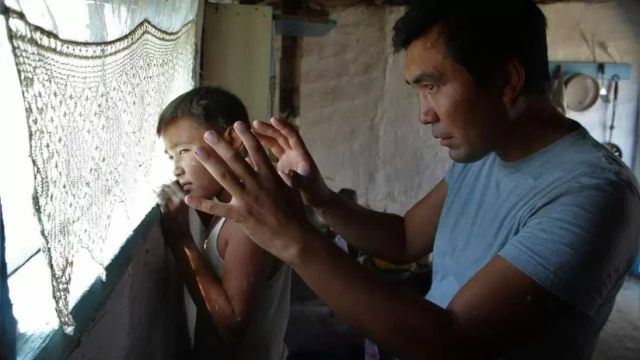
Unique and valuable artifacts,
including the remains of ancient animals, tools, and household items, have been
discovered in one of Kazakhstan’s oldest caves, Aktogay, located in the south
of the country. The archaeological expedition in this area involved both
domestic and foreign specialists. According to them, the cave is one of the
earliest known habitats of ancient humans. Evidence supporting this includes
fragments of stones, bones of small cattle, and even a mountain goat’s spine
found during the expedition. Each of these artifacts requires thorough
examination. They may become exhibits in a future open-air museum.
«Numerous stone tools, including
cores, bones, work tools, and evidence of a fire pit, were discovered at the
historical site. According to experts, further in-depth research is required,» said
Kuanysh Daurembekov, Head of the Directorate for the Protection and Restoration
of Historical and Cultural Monuments.
«It is particularly fascinating
that soil analysis conducted at the site where the remains were found revealed
they had been buried for 23,000 years. This year, an agreement was reached with
New York University, which has funded our research. Moreover, students and
doctoral candidates from the university are undertaking internships here,» said Zhaken Taimagambetov, chief researcher at the National Museum of Kazakhstan.









